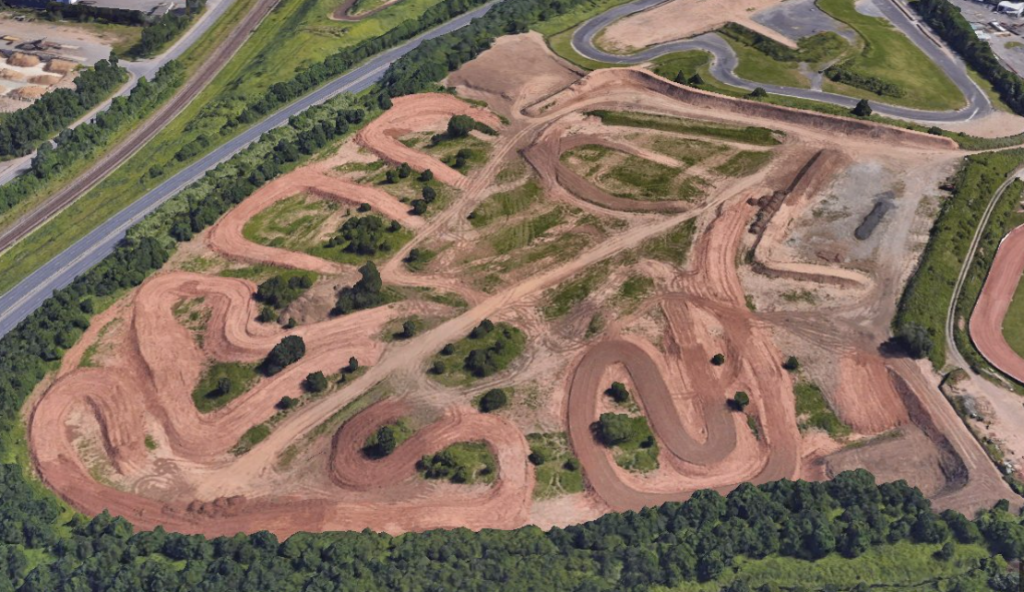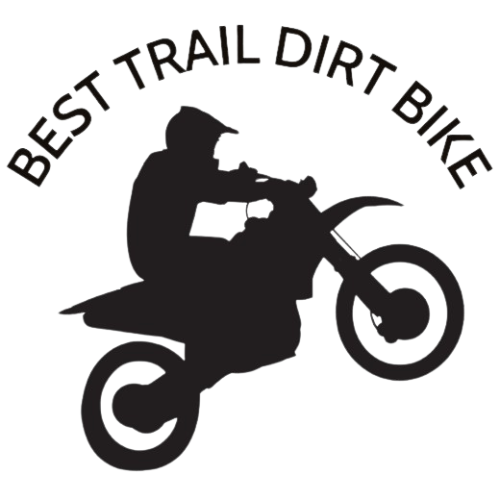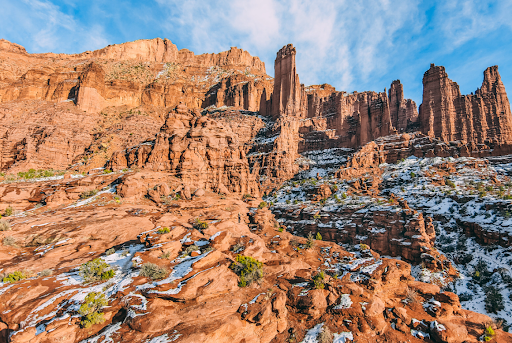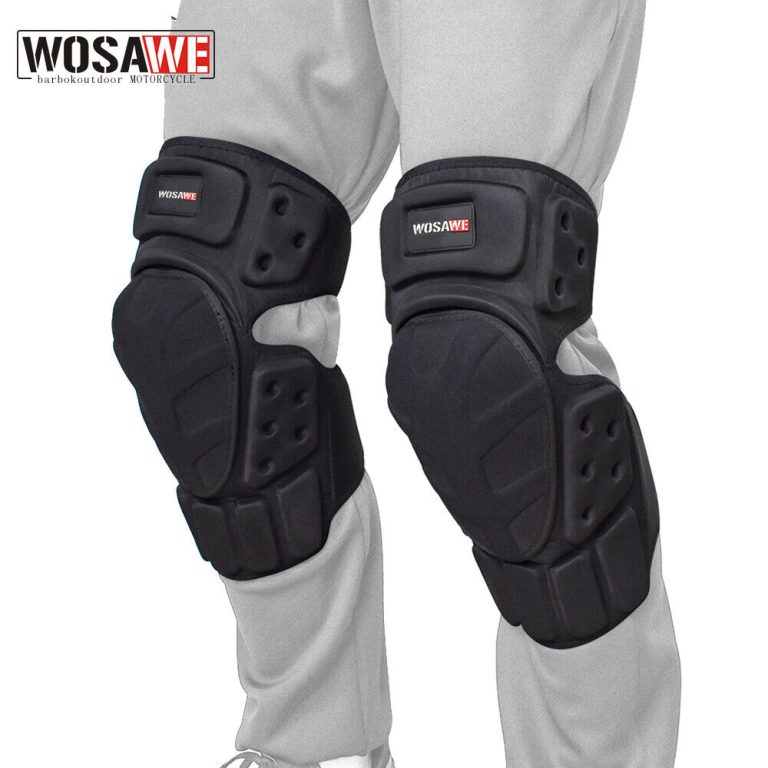What is the best dirt bike track dirt?
Dirt bike track dirt plays a crucial role in creating a safe, challenging, and enjoyable riding experience for motocross enthusiasts. The composition and quality of the track surface directly impact traction, stability, and overall performance of both riders and their machines. This article will explore the various types of dirt used in motocross tracks, their key characteristics, and factors influencing selection. We’ll also discuss maintenance techniques to ensure optimal track conditions. By understanding these elements, track owners and riders can make informed decisions to enhance their dirt biking experience.
Top Choices for Dirt Bike Track Dirt

-
-
- Clay-based soil mix Clay-based soil mixes are widely considered the gold standard for dirt bike tracks. Clay soil possesses several advantageous properties:
- Cohesion: Clay particles bind together tightly, creating a stable surface.
- Moisture retention: Clay holds water effectively, maintaining consistent track conditions.
- Compaction: Clay-based soil compacts well, forming a firm riding surface.
-
A typical clay-based mix for dirt bike tracks consists of:
| Component | Percentage |
| Clay | 50-60% |
| Sand | 30-40% |
| Silt | 10-20% |
This composition provides an ideal balance of grip, stability, and malleability for track shaping.
Sandy loam with organic matter Sandy loam, enriched with organic matter, offers an alternative to clay-based mixes. This type of soil:
-
-
- Drains well, reducing the risk of waterlogging
- Provides good traction in dry conditions
- Requires less maintenance than clay-heavy soils
-
A typical sandy loam mix for dirt bike tracks includes:
| Component | Percentage |
| Sand | 50-70% |
| Silt | 10-20% |
| Clay | 10-20% |
| Organic matter | 5-10% |
The addition of organic matter improves moisture retention and nutrient content, promoting better track conditions.
Engineered soil blend Engineered soil blends are custom-designed mixtures tailored to specific track requirements. These blends:
-
-
- Combine optimal proportions of sand, silt, clay, and additives
- Offer precise control over soil properties
- Can be adjusted for local climate and track design needs
-
Engineered blends often incorporate materials such as:
-
-
- Crushed limestone
- Volcanic ash
- Polymer additives
- Recycled rubber particles
-
These components enhance durability, drainage, and overall track performance:
-
-
- Key Characteristics of Ideal Track Dirt
-
Composition and texture The ideal track dirt composition balances several key elements:
-
-
- Clay content: Provides cohesion and stability
- Sand content: Enhances drainage and prevents compaction
- Silt content: Improves moisture retention and texture
- Organic matter: Promotes soil health and water-holding capacity
-
Texture plays a crucial role in track performance. The ideal dirt should:
-
-
- Feel slightly gritty but hold together when squeezed
- Form a ribbon 2-3 inches long when pressed between thumb and forefinger
- Break apart easily when dry but maintain shape when moist
- Hold enough moisture to prevent excessive dust
- Allow excess water to drain to prevent mud formation
- Maintain a slightly damp consistency throughout riding sessions
-
Factors affecting moisture retention include:
-
-
- Particle size distribution
- Organic matter content
- Compaction level
- Local climate and weather patterns
- Resistance to erosion from wind and water
- Ability to withstand repeated impact from motorcycle tires
- Minimal rutting and displacement during use
-
Maintenance requirements vary depending on soil composition. Generally, ideal track dirt should:
-
-
- Require minimal watering to maintain optimal moisture levels
- Resist excessive compaction over time
- Allow for easy reshaping and grooming between riding sessions
-
Factors Influencing Track Dirt Selection

-
-
- Climate and weather conditions Local climate plays a significant role in determining the best dirt for a track. Considerations include:
-
- Annual rainfall: Affects drainage requirements and soil moisture content
- Temperature extremes: Impacts soil drying rates and frost susceptibility
- Wind patterns: Influences erosion potential and dust control needs
-
For example, tracks in arid regions may benefit from higher clay content to retain moisture, while those in humid areas might require more sand for improved drainage.
-
-
- Track layout and design The physical characteristics of the track influence dirt selection:
-
- Jump height and landing areas: Require more durable, compactable soil
- Berms and corners: Benefit from cohesive soil that holds shape
- Straightaways: Need well-draining soil to prevent puddles and ruts
-
Track designers must consider how different soil types perform in various track features to create a cohesive and enjoyable riding experience.
-
-
- Budget and availability Financial considerations and local resource availability impact dirt selection:
-
- Transportation costs: Importing specialized soil can be expensive
- Local soil sources: Utilizing nearby materials reduces costs but may limit options
- Maintenance equipment: Different soil types require specific grooming tools
-
Track owners must balance the ideal soil composition with practical budget constraints and long-term maintenance costs.
-
-
- Maintenance Tips for Optimal Performance
- Proper watering techniques Effective watering is crucial for maintaining ideal track conditions:
-
- Timing: Water during cooler parts of the day to minimize evaporation
- Frequency: Adjust based on weather conditions and soil type
- Method: Use sprinklers or water trucks for even distribution
- Depth: Ensure water penetrates at least 2-3 inches into the soil
-
Proper watering techniques help:

-
-
- Maintain consistent soil moisture
- Reduce dust during riding
- Prevent overly dry or muddy conditions
- Regular grooming and shaping Consistent track maintenance preserves optimal riding conditions:
-
- Frequency: Groom after each riding session or daily for high-traffic tracks
- Equipment: Use appropriate tools such as drags, rollers, and graders
- Technique: Alternate grooming patterns to prevent uneven wear
-
Key grooming tasks include:
-
-
- Smoothing ruts and bumps
- Reshaping jumps and berms
- Leveling landing areas
- Aerating compacted soil
-
Common Track Maintenance Equipment
| Equipment | Purpose |
| Box blade | Leveling and smoothing surfaces |
| Disc harrow | Breaking up compacted soil |
| Water truck | Applying moisture evenly |
| Tractor-mounted roller | Compacting loose soil |
Conclusion
In answering the question “What is the best dirt bike track dirt?“, we’ve explored various options and factors that contribute to optimal track conditions. While clay-based soil mixes often provide the best overall performance, the ideal dirt for any given track depends on a combination of local climate, track design, and maintenance capabilities.
Key takeaways include:
-
-
- Clay-based soils offer excellent stability and moisture retention
- Sandy loam with organic matter provides good drainage and traction
- Engineered soil blends can be tailored to specific track needs
- Climate, track layout, and budget influence dirt selection
- Proper maintenance is crucial for any soil type
-
By carefully considering these factors and implementing appropriate maintenance practices, track owners and riders can create and enjoy high-quality dirt bike experiences. The best track dirt ultimately combines the right soil composition with effective management techniques, resulting in a surface that challenges riders while promoting safety and enjoyment.

Jason Wilkins began his career with a passion for online shopping experiences and deep insights into the outdoor gear market. With the aim of providing excellent choices for those who love an active lifestyle, he established besttraildirtbike.com, specializing in advising and selling Amazon Affiliate products suitable for dirt bikes, accessories, and touring gear.
Leveraging his expertise in SEO techniques and business management skills, Jason has built a reputable brand, attracting thousands of customers. As a dedicated and creative leader, he continuously seeks ways to enhance the user experience and sustainably grow the business.
Jason has in-depth knowledge of dirt bike trends and accessory innovations, constantly updating himself on the latest breakthroughs in this field. On his website, he shares detailed and objective reviews of hot products on the market, along with tips for safe dirt biking and touring.
With the motto “Passion Without Limits,” Jason aspires to inspire many outdoor enthusiasts to explore the wonders of nature. Under his guidance, besttraildirtbike.com is steadily becoming a trusted destination for customers to find quality products for their dirt biking and adventure touring pursuits.








This article is incredibly helpful for understanding the best dirt types for bike tracks. The comparisons between loamy, sandy, and clay-based soils were particularly informative. Can you provide more insights on how to maintain soil quality through different weather conditions? Also, what are some effective techniques for rejuvenating a track that’s become too compacted?
Thank you for your thoughtful comment! Maintaining soil quality through different weather conditions and rejuvenating compacted tracks are essential for optimal performance.
Maintaining Soil Quality Through Weather Conditions:
Moisture Management: Regular watering is key. During hot, dry conditions, water the track early in the morning or late in the evening to reduce evaporation. Ensure the water penetrates 2-3 inches into the soil to maintain a damp but not muddy consistency.
Erosion Control: In rainy conditions, use barriers or cover crops to prevent soil erosion. Adjust the slope of the track to ensure proper drainage, avoiding waterlogging.
Seasonal Adjustments: In colder climates, add organic matter in the fall to improve soil structure and moisture retention. During warmer seasons, increase sand content for better drainage.
Rejuvenating Compacted Tracks:
Aeration: Regularly aerate the track using a disc harrow or other equipment to break up compacted soil, improving air and water penetration.
Topdressing: Apply a fresh layer of sandy loam or engineered soil blend to areas that have become too compacted. This not only rejuvenates the track but also improves traction.
Grooming: Frequent grooming, particularly after each riding session, helps maintain an even surface and prevents excessive compaction. Use a combination of box blades, rollers, and drags for best results.
By following these techniques, you can ensure that your track remains in top condition year-round, providing a safe and enjoyable riding experience.
Thanks for the insightful article on dirt types for bike tracks. The information about different soil properties was really useful. Could you offer more advice on how to mix various soil types to create the ideal track surface? Additionally, how should track owners handle drainage issues effectively?
Mixing Various Soil Types for the Ideal Track Surface:
To create an optimal dirt bike track surface, it’s essential to balance different soil types based on the specific needs of the track. A typical effective mix includes 50-60% clay, 30-40% sand, and 10-20% silt. This composition provides stability, moisture retention, and compaction, which are crucial for a good riding experience. For tracks requiring better drainage, consider incorporating sandy loam with 50-70% sand, 10-20% silt, 10-20% clay, and 5-10% organic matter. This mix enhances drainage, traction, and reduces maintenance.
Handling Drainage Issues:
Effective drainage is key to maintaining track quality. To manage drainage, ensure that the soil has a good balance of sand and clay to prevent waterlogging while retaining enough moisture. Additionally, implement proper track design with slight slopes and adequate runoff areas. Regularly groom the track, paying special attention to areas prone to water accumulation. Using engineered soil blends with materials like crushed limestone and polymer additives can further improve drainage and durability.
This article provides a comprehensive overview of choosing dirt for bike tracks. The details on soil benefits and challenges were very clear. I’d love to learn more about how environmental factors, like rainfall, affect soil quality. What are some ways to maintain a consistent track surface year-round?
Fantastic guide on the best dirt types for dirt bike tracks! The analysis of different soil characteristics was very informative. Can you elaborate on how to test and evaluate soil before committing to a track design? Also, how often should tracks be reviewed and maintained to ensure optimal conditions?
Great article on dirt types for bike tracks! The section on soil properties and their effects was very detailed. I’m interested in learning how to handle soil contamination or mixed soil issues on a track. What techniques can be used to ensure a stable and high-quality riding surface?
Dear Jason
To address soil contamination or mixed soil issues on a dirt bike track, you can employ several techniques. First, remove contaminated soil and replace it with a well-balanced mix, typically composed of 50-60% clay, 30-40% sand, and 10-20% silt for stability. If mixed soils are unavoidable, thorough tilling and the addition of stabilizers like crushed limestone can help create a consistent surface. Regular track maintenance, including grading and moisture control, is essential to ensure a high-quality riding experience.
Thank you